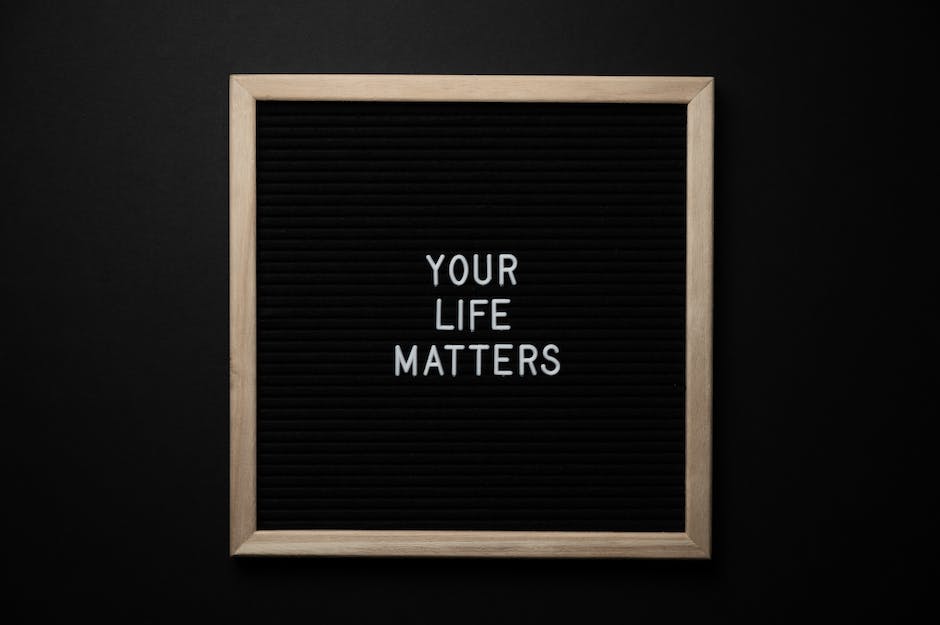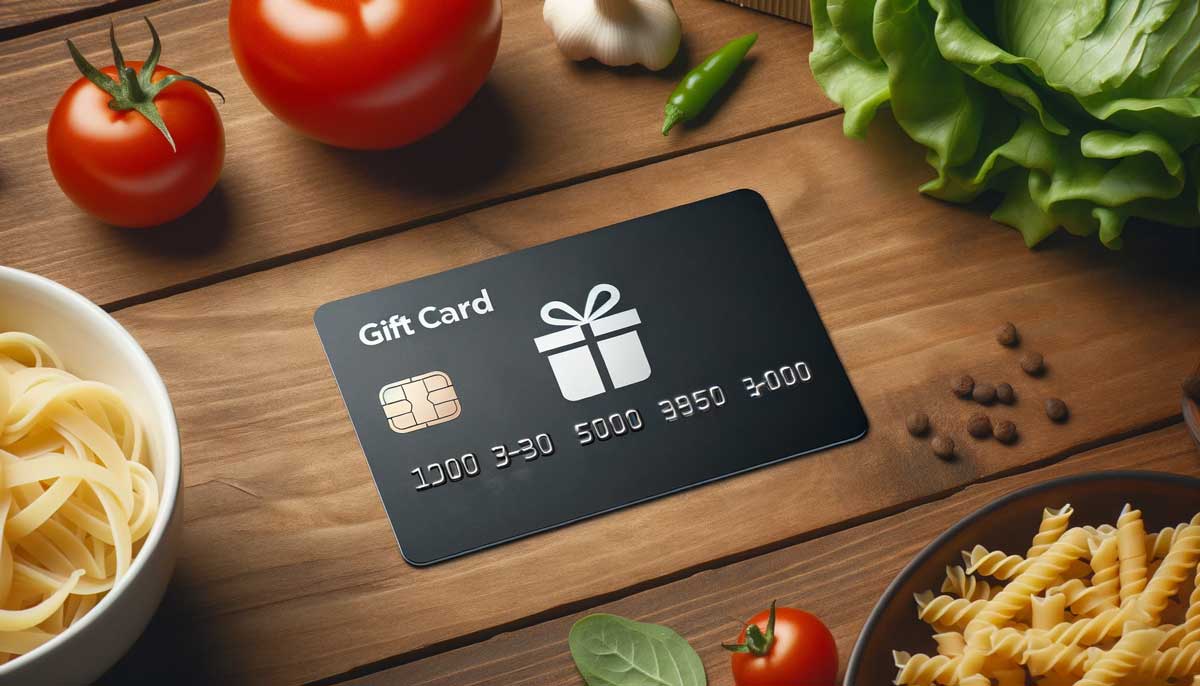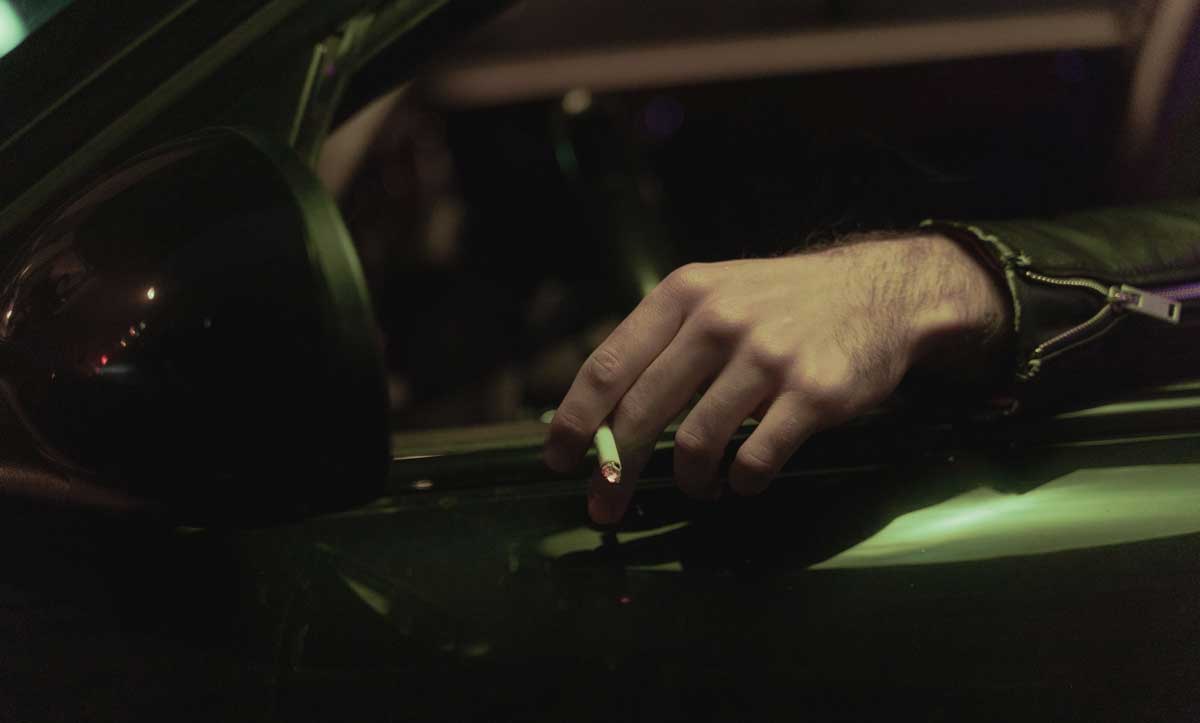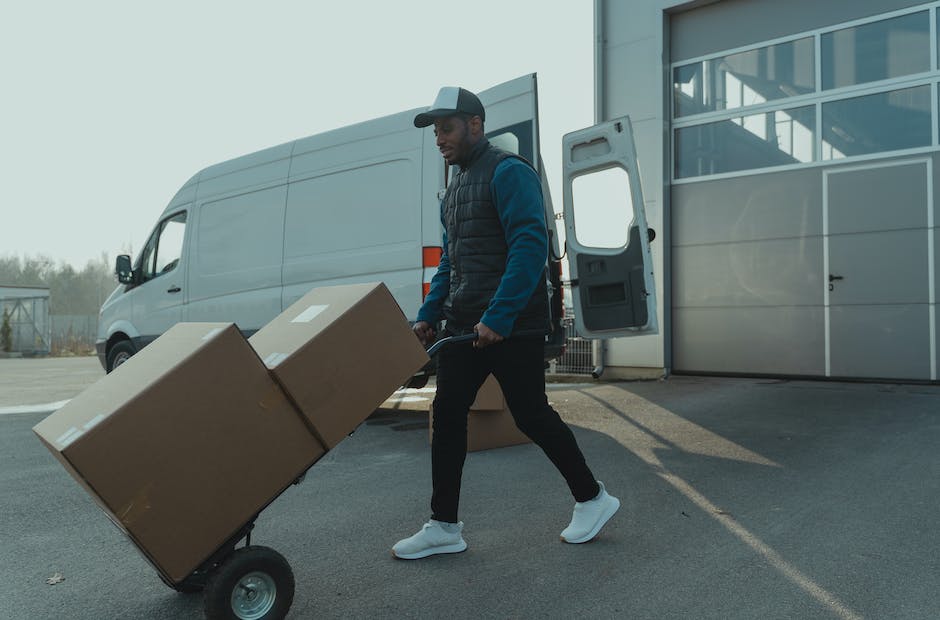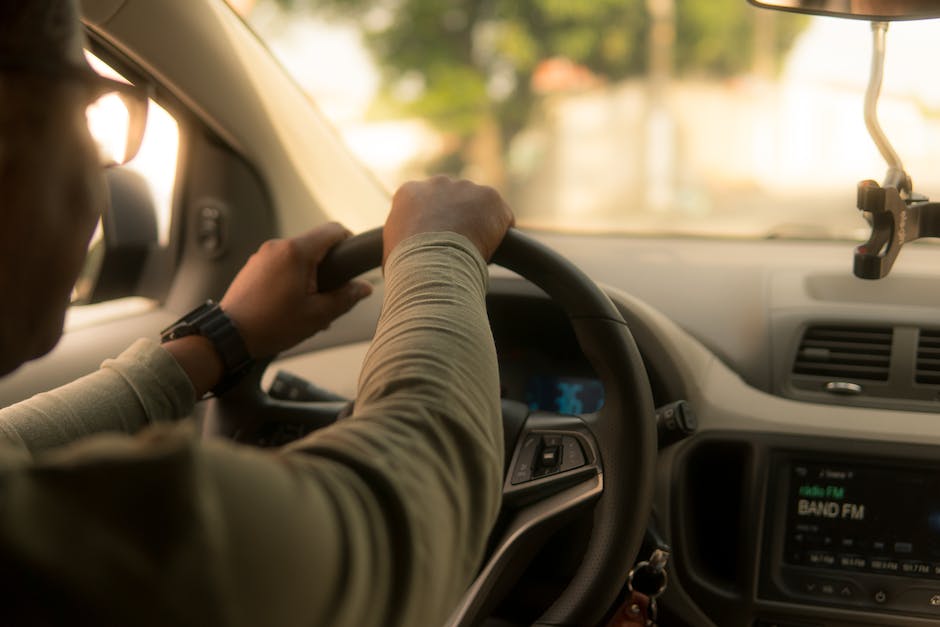When it comes to navigating the city lights after dusk, Uber has become a beacon for those seeking a safe and convenient ride home. But as the night falls, many riders notice a surge in their fares, leading to the burning question: Are Ubers more expensive at night?
This blog post delves into the intricacies of Uber's pricing model, exploring the factors that influence fare changes from day to night.
Overview Of Uber Price Differences Between Day And Night
When you're out late at night and need a ride home, you might notice that your Uber fare is higher than it was during the day. This isn't just your imagination; Uber uses a dynamic pricing model that can cause prices to fluctuate throughout the day based on various factors. In the second quarter of 2019, Uber was the cheapest ridesharing service in the U.S., with an average cost of $25.37 per ride.[1]
How Does Uber’s Pricing Work?
Uber's pricing algorithm adjusts in real-time, considering elements such as the time and distance of your route, current traffic conditions, and the balance of rider-to-driver demand. On a bustling Saturday night, for instance, you may see a different price for the same trip you took on a quiet Tuesday afternoon.
Why Do Uber Rates Change?
The concept is simple: when demand spikes, Uber increases fares to incentivize more drivers to hit the road, balancing the supply with the heightened demand. This is communicated to both riders and drivers through the app. If you choose to ride during these peak times, you'll receive an alert about the rate change.
Price Normalization
As more drivers respond to the higher fares and start picking up passengers, the demand stabilizes, and prices typically return to their standard rates.
Uber Peak Hours
Regular Uber users might be familiar with peak hours, which often coincide with:
- Friday and Saturday nights
- After-work rush hours
- Large events and festivals
During these times, increased demand can lead to higher prices.
Historical Context
To fully grasp today's pricing, we must take a journey back in time. The evolution of ride pricing from the pre-Uber era to the present surge pricing model tells a story of innovation and adaptation.
The Origins Of Surge Pricing
Surge pricing isn't unique to Uber; it's a model that's been used in various industries to manage supply and demand. However, Uber's application of this model in the ride-sharing industry has brought it to the forefront of public discussion.
Pre-Uber Ride Prices
Before Uber, taxi fares were typically regulated and metered, with some cities implementing night surcharges. However, these were fixed rates and didn't fluctuate in real-time.
Changes In The Industry After Uber’s Arrival
Uber's entrance into the market introduced a flexible pricing model that has since been adopted by other ride-sharing services. This model has reshaped how prices are determined, moving away from fixed rates to a more dynamic system that responds to immediate market conditions.
Fast Fact
Uber fares can surge up to 30% during peak times due to high demand.
Factors Contributing To Price Fluctuations
Uber's pricing is not static; it's influenced by a variety of factors that can cause it to change from one moment to the next. Research by UCLA Anderson's Sushil Bikhchandani reveals that Uber's surge pricing, which often leads to higher fares at night, is driven by a dynamic pricing model aimed at balancing driver supply with rider demand, particularly during high-demand periods.[2] Understanding these factors can help riders make more informed decisions about when and how to book their rides.
Time Of Day
The time of day plays a significant role in Uber's pricing model. Prices tend to be lower during non-peak hours, which are typically mid-day and late at night on weekdays. Conversely, during peak hours, such as morning and evening rush hours or late-night hours on weekends, prices can surge.
Special Events Or Holidays
During special events or holidays, the demand for rides can skyrocket, leading to higher prices. This is due to a large number of people requesting rides to and from the event location, which can overwhelm the available supply of drivers.
Rush Hour Traffic
Rush hour often sees a spike in demand as people head to or from work. This increased demand can cause prices to rise, especially in urban areas where the concentration of commuters is high.
Geographic Location
The area in which you're requesting a ride can also affect the price. Urban areas with high demand for rides, such as New York City or San Francisco, may have higher base rates and more frequent surge pricing compared to rural or less populated areas.
Gas Prices & Supply/Demand
Gas prices can indirectly affect Uber's pricing. When gas prices are high, fewer drivers may be willing to offer rides, reducing the supply and potentially leading to higher prices. Additionally, the fundamental principle of supply and demand plays a crucial role; when there are more riders than available drivers, prices will increase, and vice versa.
Fast Facts
New York City and San Francisco may have higher base rates than other urban areas due to high demand.
Strategies For Cheaper Rides With Uber
Everyone loves to save money, and when it comes to ride-sharing with Uber, there are several strategies you can employ to reduce the cost of your trips. Here are some tips to help you save on your next Uber ride:
Time Your Rides Smartly
Uber's pricing algorithm is based on demand, so if you can be flexible with your travel time, you can save money. Avoid peak hours like rush hour, special events, or bad weather periods when surge pricing is likely to be in effect.
Use Ride Options Like UberPool
If you're not in a hurry, consider using UberPool (where available) to share your ride with others going in the same direction. This option is usually cheaper than booking a solo ride.
Fare Splitting With Friends
If you're riding with friends, you can split the fare directly through the Uber app. This way, everyone pays their share, and you save money on the total cost of the ride.
Refer Friends
Uber often offers referral bonuses. If you refer a friend who hasn't used Uber before, you can both get discounts on your rides.
Schedule Rides In Advance
Some users have found that scheduling your Uber rides in advance can sometimes offer cheaper rates than booking on-demand, especially if you're booking for a time when surge pricing is not typically in effect.
Uber Passes And Subscriptions
Check if Uber offers any flat-rate packages or subscription services in your area. These can offer savings if you're a frequent rider.
Compare Prices
Before booking, compare the fare with other ride-sharing apps or even traditional taxis. Sometimes, one service may be significantly cheaper than the others.
Check For Promotions
Uber occasionally offers promotions or partnerships with other companies that can lead to discounts or even free rides. Keep an eye on their app or your email for any such offers.
Walk A Short Distance
If you're in a surge pricing area, walking a few blocks away from the high-demand location can sometimes help you escape the surge zone and find a cheaper fare.
Loyalty Programs
If you're part of a loyalty program that partners with Uber, like certain credit card rewards programs, you might be able to earn points or receive discounts on your rides.
By using these strategies, you can make your Uber experience more cost-effective. Remember, a little planning and flexibility can go a long way in saving you money on your rides.
Frequently Asked Questions
If you're wondering “Is Uber more expensive at night? ”, we've answered some of the most frequently asked questions here to help you better understand Uber pricing.
Why are Uber rides sometimes more expensive at night?
Uber rides can be more expensive at night due to higher demand, especially during peak hours like weekends and special events, which triggers surge pricing.
What is surge pricing and how does it work?
Surge pricing is Uber's dynamic pricing algorithm that increases fares in real-time based on the immediate demand for rides in a specific area. When demand is high and there aren't enough drivers, prices go up.
Can I avoid surge pricing?
While avoiding surge pricing altogether might not always be possible, you can minimize its impact by traveling during off-peak hours, sharing rides, or using fare-splitting options.
Does Uber charge more during holidays?
Yes, during holidays and special events, there is typically a higher demand for rides, which can result in increased fares due to surge pricing.
Are there any subscription services or passes available that can reduce the cost of my Uber rides?
Uber sometimes offers subscription services or passes that provide price protection or discounts on a series of rides for a flat fee.
Is it cheaper to book an Uber ride in advance?
Pre-scheduling your Uber ride can sometimes offer a lower rate, as it's not subject to the real-time fluctuations of surge pricing.
Understanding Uber Night Pricing
Uber fares can indeed be higher at night, especially during peak hours when demand outstrips the supply of drivers. This dynamic pricing model, while sometimes a cause for customer frustration, aims to ensure that a ride is available when you need it by encouraging more drivers to be on the road during busy times.
Find out whether you can get a free ride with Uber by checking out our detailed guide. Visit Keep Driving and browse through the available resources to learn more.


